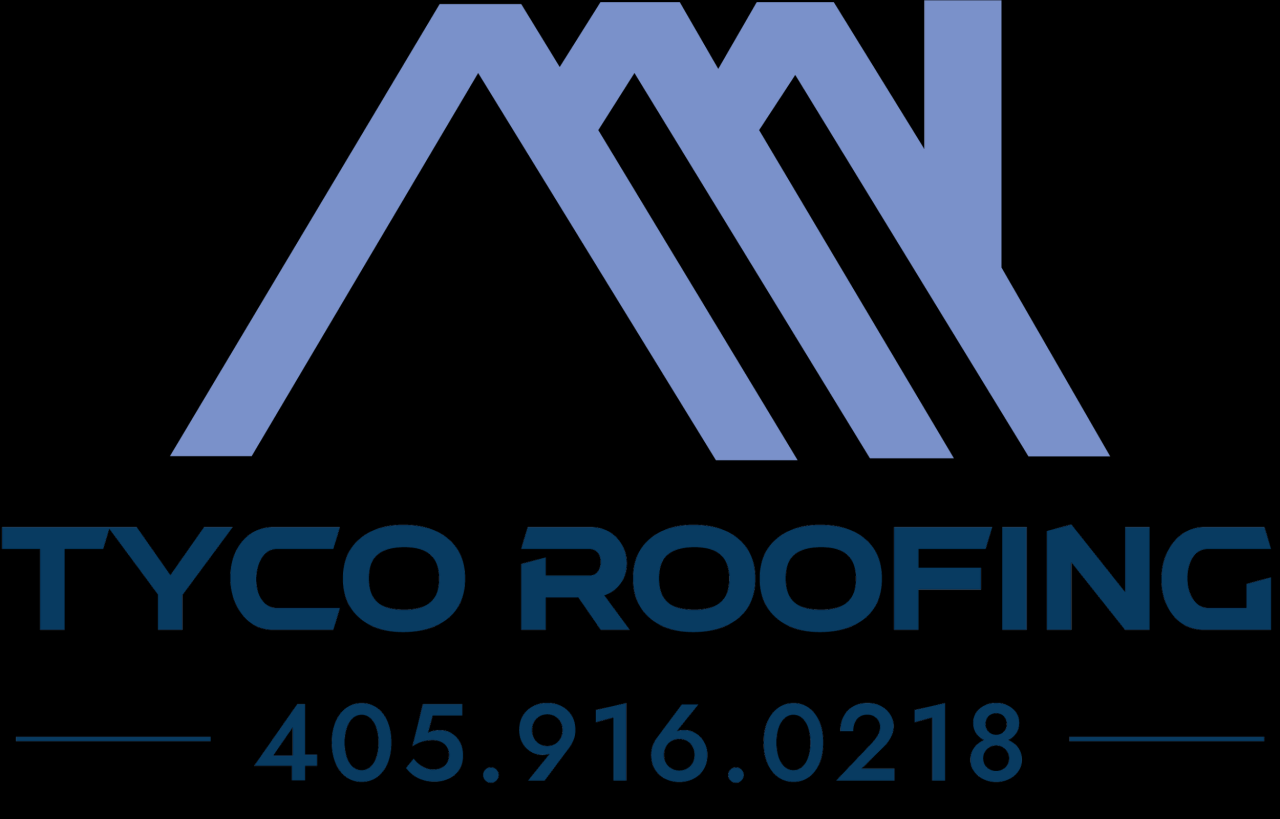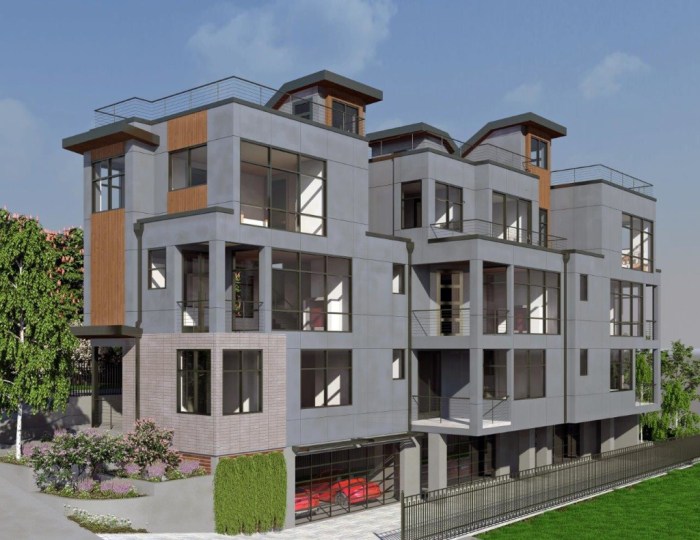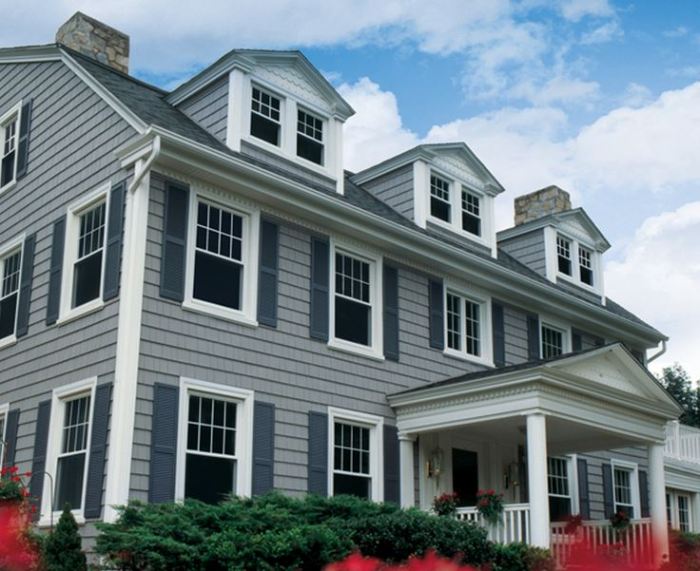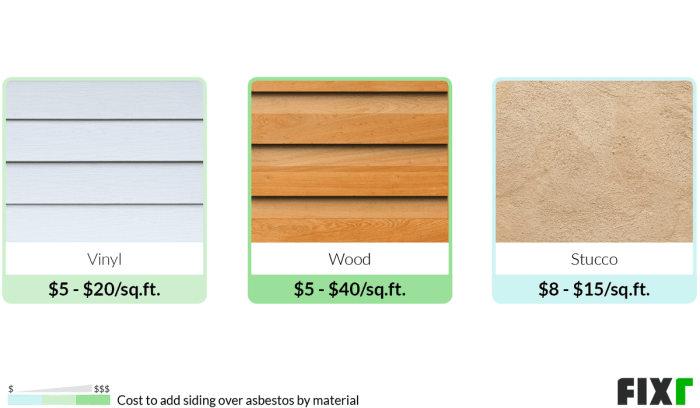Revamping Your Home: The Ultimate Guide to Siding Remodel
Siding remodel isn't just about maintenance - it's a transformative process that can breathe new life into your home's exterior. From boosting curb appeal to increasing property value, the benefits are endless. Let's dive into the world of siding remodel and discover how it can revamp your living space.
Whether you're looking to refresh the look of your home or enhance its durability, siding remodel offers a plethora of opportunities to create a space you'll love coming back to.
Importance of Siding Remodel
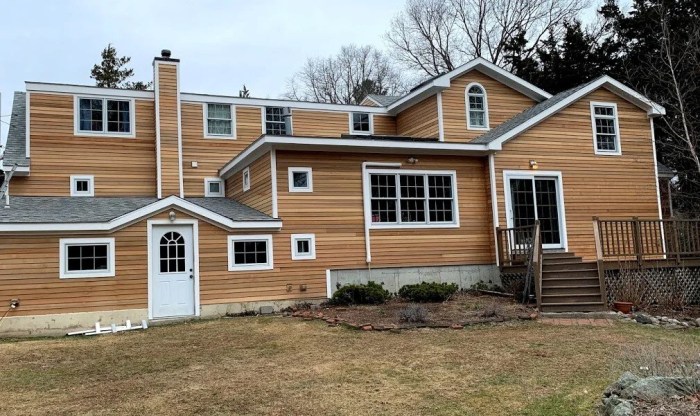
When it comes to maintaining a home, siding remodel plays a crucial role in preserving the structural integrity and appearance of the property. Here are some key reasons why siding remodel is important:
Enhancing Property Aesthetics
Siding remodel can significantly enhance the curb appeal of a property by giving it a fresh and updated look. Whether you opt for a modern design or a classic style, new siding can instantly transform the overall appearance of your home.
Protecting the Home
Investing in siding remodel can help protect your home from the elements, such as rain, wind, snow, and UV rays. High-quality siding can act as a barrier against moisture and prevent damage to the underlying structure, ultimately extending the lifespan of your property.
Increasing Energy Efficiency
Upgrading your siding can also improve the energy efficiency of your home by providing better insulation. This can help reduce heating and cooling costs, making your home more environmentally friendly and cost-effective in the long run.
Types of Siding Materials
When it comes to siding remodel projects, choosing the right material is crucial for the overall look, durability, and maintenance of your home. Here we will discuss the most common types of siding materials used and compare their key characteristics to help you make an informed decision.
Vinyl Siding
Vinyl siding is a popular choice due to its affordability, low maintenance requirements, and versatility in colors and styles. It is durable, resistant to fading, and easy to clean with just soap and water. However, extreme temperatures can cause it to warp or crack over time.
Wood Siding
Wood siding offers a natural and timeless look to your home. It can be painted or stained in various colors and finishes. While wood siding is aesthetically pleasing, it requires more maintenance in terms of painting, staining, and regular sealing to prevent rot, mold, and insect infestation.
Fiber Cement Siding
Fiber cement siding is a durable and low-maintenance option that resembles wood but is more resistant to fire, rot, and pests. It is available in various textures and styles, offering a high level of customization. However, it can be more expensive than vinyl or wood siding.
Metal Siding
Metal siding, such as steel or aluminum, is known for its strength, longevity, and resistance to extreme weather conditions. It is low maintenance and can be painted in different colors. While metal siding is durable, it can dent or scratch easily if hit with enough force.Choosing the most suitable siding material for your home depends on factors such as the climate in your area, your budget, and the level of maintenance you are willing to commit to.
Consider the pros and cons of each type of siding material to make an informed decision that meets your specific needs and preferences.
Siding Remodel Process
When it comes to a siding remodel project, proper preparation is key to ensuring a successful outcome. From selecting the right materials to finding a reputable contractor, each step plays a crucial role in the overall process.
Step-by-Step Process of a Typical Siding Remodel Project
- Assessment: The first step involves assessing the current condition of the existing siding, identifying any damage or areas that need repair.
- Material Selection: Choose the type of siding material that best suits your needs and preferences, considering factors like durability, maintenance, and aesthetic appeal.
- Preparation: Proper preparation includes cleaning the exterior walls, removing old siding, and fixing any underlying issues like rot or mold.
- Installation: The new siding is then installed meticulously, ensuring proper alignment, insulation, and sealing to protect against elements.
- Finishing Touches: Finally, finishing touches like trim work, painting, and caulking are done to complete the remodel and enhance the overall look of your home.
Importance of Proper Preparation Before Installing New Siding
Proper preparation before installing new siding is crucial as it ensures the longevity and functionality of the siding. By addressing any underlying issues, cleaning the surface, and selecting the right materials, you can prevent future problems and maintain the structural integrity of your home.
Tips for Selecting a Reputable Contractor for Siding Remodel Work
- Research: Look for contractors with experience in siding remodel projects and check their reviews and references to gauge their reputation.
- Get Multiple Quotes: Obtain quotes from multiple contractors to compare prices, services offered, and timelines for the project.
- Check Licenses and Insurance: Ensure that the contractor is licensed, insured, and bonded to protect yourself from liability in case of accidents or damages.
- Communication: Choose a contractor who communicates effectively, listens to your needs, and keeps you informed throughout the project.
- Written Contract: Always have a written contract detailing the scope of work, materials used, timeline, and payment terms to avoid any misunderstandings.
Cost Considerations
When embarking on a siding remodel project, it is crucial to consider the costs involved to ensure a successful and budget-friendly renovation. Understanding the breakdown of expenses, effective budgeting strategies, and potential cost-saving measures can help you manage your finances efficiently throughout the process.
Breakdown of Costs
- Materials: The cost of siding materials can vary depending on the type chosen, such as vinyl, wood, fiber cement, or metal. It is essential to factor in the quality, durability, and maintenance requirements of each material when estimating costs.
- Labor: Hiring professionals for installation can significantly impact your overall expenses. Labor costs may vary based on the size of your home, complexity of the project, and regional labor rates.
Tips for Effective Budgeting
- Research Costs: Obtain quotes from multiple suppliers and contractors to compare prices and choose the most cost-effective options without compromising quality.
- Create a Detailed Budget: Artikel all expenses, including materials, labor, permits, and unforeseen costs, to establish a realistic budget and avoid overspending.
- Plan for Contingencies: Set aside a contingency fund for unexpected expenses or project delays to prevent financial strain during the remodel.
Cost-Saving Measures
- DIY Projects: Consider tackling certain aspects of the siding remodel yourself, such as prepping the area or painting, to reduce labor costs.
- Choose Cost-Effective Materials: Opt for durable yet affordable siding materials that offer long-term value and require minimal maintenance to save on replacement and upkeep costs.
- Timing Discounts: Take advantage of seasonal sales or off-peak periods for home improvement projects to secure discounts on materials and labor.
Maintenance and Care
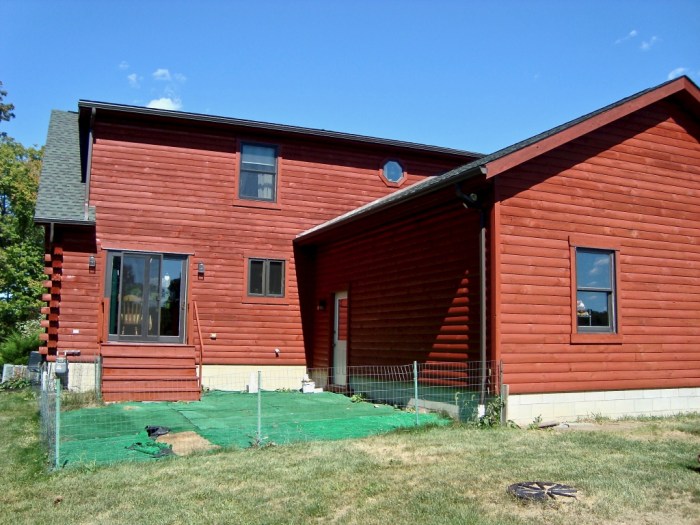
Regular maintenance is crucial to ensure the longevity and appearance of your siding after a remodel. By following proper care guidelines, you can preserve the beauty and functionality of your siding for years to come.
Cleaning and Upkeep
Different types of siding materials require specific cleaning methods to maintain their quality and prevent damage. Here are some guidelines for cleaning and upkeep:
- Vinyl Siding: Use a mixture of water and mild detergent to clean vinyl siding. Avoid using harsh chemicals or abrasive materials that can damage the surface.
- Wood Siding: Regularly inspect wood siding for signs of rot or mold. Clean with a solution of water and bleach to prevent mold growth and preserve the wood.
- Fiber Cement Siding: Wash fiber cement siding with a hose or low-pressure washer. Avoid using high-pressure washers, as they can damage the siding.
- Aluminum Siding: Use a solution of water and vinegar to clean aluminum siding. Rinse thoroughly to prevent streaking and maintain the shine of the metal.
Common Issues and Solutions
After a siding remodel, there are common issues that may arise, such as cracking, fading, or warping. Here's how to address some of these problems:
- Cracking: Fill cracks with a silicone caulking to prevent moisture from seeping into the siding and causing further damage.
- Fading: Apply a UV-resistant paint or coating to prevent fading and protect the color of the siding from sun exposure.
- Warping: Warped siding may need to be replaced if the damage is extensive. Consult with a professional to assess the extent of the warping and determine the best course of action.
Summary

As we wrap up our discussion on siding remodel, it's clear that this home improvement project offers more than just aesthetic upgrades. It's a smart investment that can elevate your property's appeal and functionality. With the right materials, proper maintenance, and a skilled contractor, your siding remodel journey is sure to be a success.
FAQ Compilation
What are the benefits of siding remodel?
Enhanced aesthetics, increased property value, and improved durability are some key benefits of siding remodel projects.
Which siding material is best for a humid climate?
Fiber cement siding is a great choice for humid climates due to its resistance to moisture and mold.
How often should siding be maintained after a remodel?
Regular maintenance is crucial. It's recommended to inspect and clean siding at least once a year to prevent damage.
